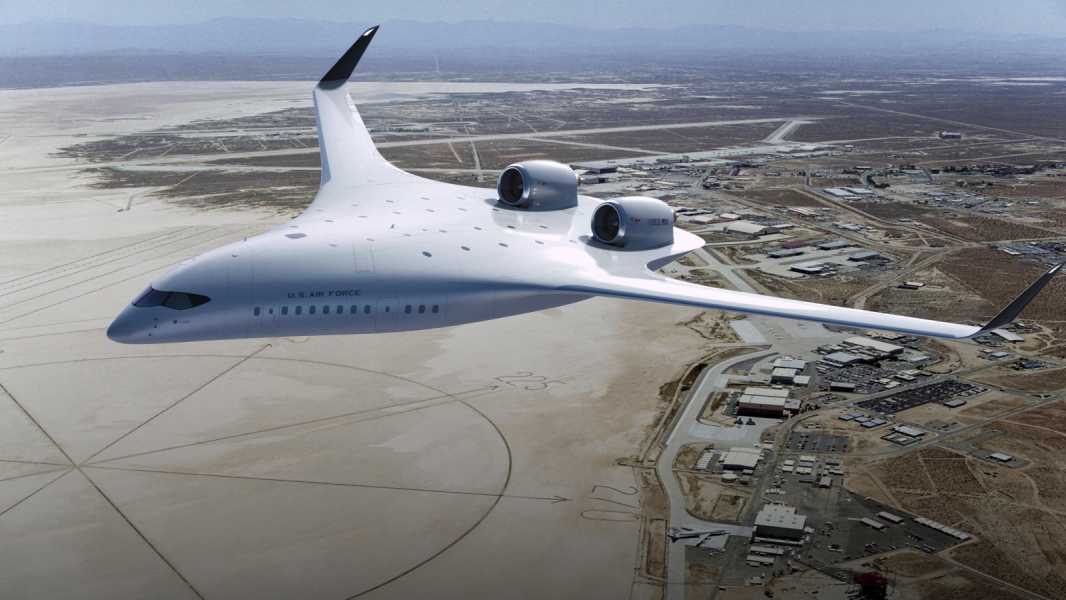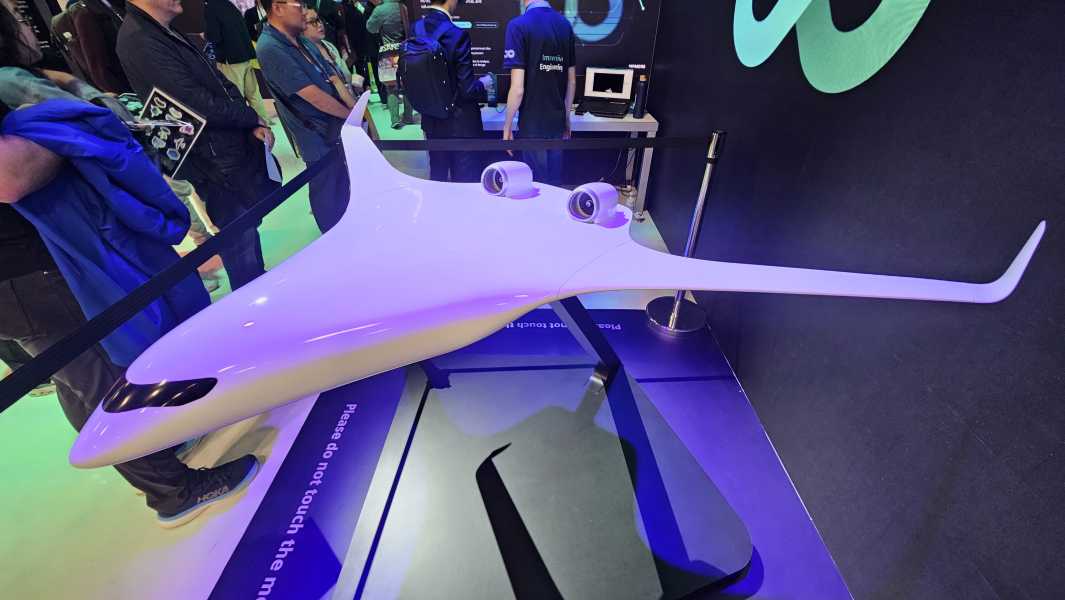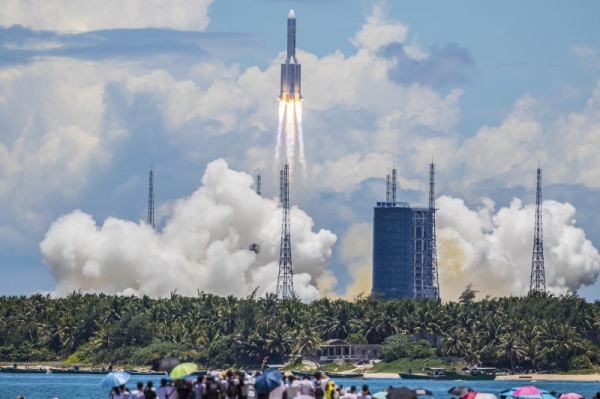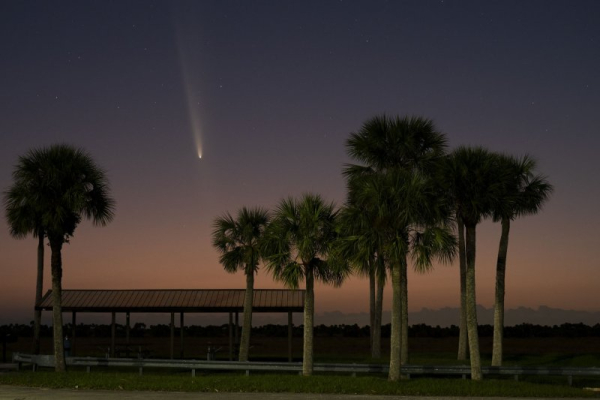
(Image source: 3D model of the new passenger plane in flight.)
LAS VEGAS — A new passenger jet could take to the skies within the next five years that will be radically different in shape from any existing model.
At a press conference on Wednesday (January 8) at the CES 2025 show in Las Vegas, JetZero and Siemens officials said the new aircraft will use a “blended wing” concept that could lead to a 50 percent increase in fuel efficiency.
The idea of a composite wing aircraft, where the wings flow seamlessly into the fuselage, has been known for over a century and was first described by the Russian pilot Nikolai Voevodsky, although it is most often associated with military aviation.
Traditional passenger jets have a long, tubular fuselage with wings that do not join together into a single plane. This is because the transition to a new design was considered commercially risky. In contrast, blended-wing aircraft can reduce fuel consumption and operate quieter, thanks to a higher lift-to-drag ratio and better integration of noisy propulsion systems.
New plane based on 100-year-old design

JetZero says its blended wing design requires a shorter, wider fuselage that connects to the wing, providing lift while reducing the required surface area and creating a lighter, less-drag aircraft. Engines are also smaller in size to reduce weight and drag, allowing more passengers to fit into a relatively compact aircraft.
The new aircraft will be fully compatible with sustainable aviation fuels and will also be able to use hydrogen fuel – with a long-term goal of achieving zero emissions. It will be able to accommodate 250 passengers and have a range of 5,750 miles (9,250 kilometers).
At CES, JetZero announced a manufacturing partnership with Siemens to deliver the aircraft by 2030 — which they acknowledged is a very tight timeline. Both companies hope to meet that ambitious timeframe thanks to the capabilities of a digital twin, which involves creating an exact digital replica of a proposed design. The digital twin also includes artificial intelligence (AI), which can help identify opportunities to improve the design — such as replacing a specific part with a better one.
“This digital twin gives us a strategic competitive advantage by allowing us to effectively create a virtual simulation with the end goal in mind,” Tom O’Leary, co-founder and CEO of JetZero, said on stage.
Although JetZero plans to begin testing the aircraft by 2027, factories to build it do not yet exist. In November, the company said it had signed deals with suppliers to build components for the flight control system of a future prototype aircraft.
JetZero Engineers
Sourse: www.livescience.com





